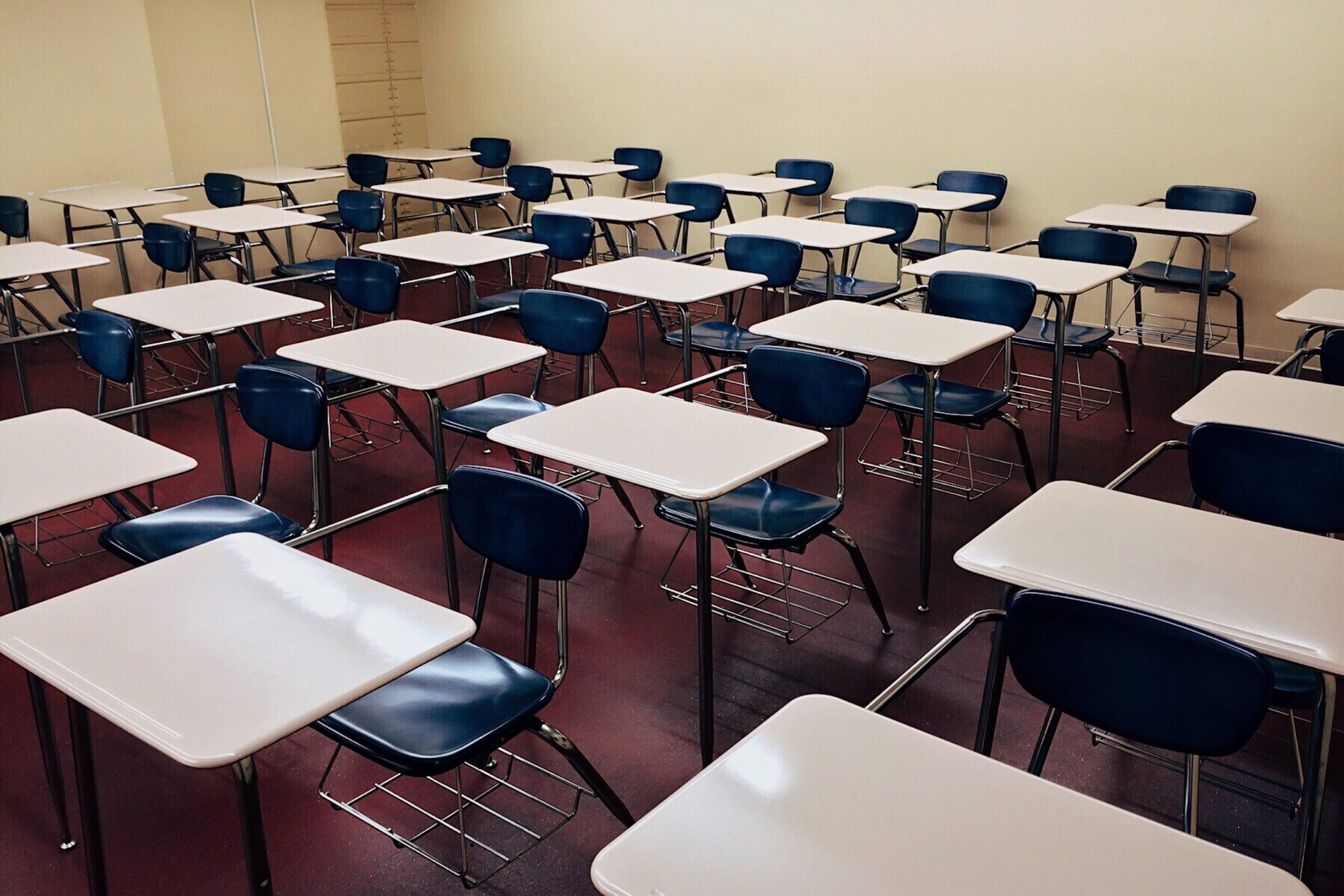Students across Texas are on the verge of going back to school, if they’re not back already. And administrators hope that this year more kids will actually be in the classroom when the bell rings.
During the 2022-2023 school year, 20% of Texas students were chronically absent, meaning they missed at least 10% of class days.
This is a nationwide trend. After the pandemic, school districts across the U.S. saw record rates of chronic absenteeism, according to data from the Associated Press and a Stanford University economist.
Talia Richman, education lab reporter with the Dallas Morning News, spoke to Texas Standard about how some districts are trying to tackle the problem. Listen to the interview above or read the transcript below.
This transcript has been edited lightly for clarity:
Texas Standard: It’s clear this trend seems to have really been exacerbated by the pandemic. How is it contributing to kids missing school now that we’re a few years away from the worst of COVID?
Talia Richman: So a lot of the people that the reporters talked to describe that parents, students, their attitude and their mindset toward school has changed. You know, if you’re feeling a little sick, if you need a mental health day, parents are more often deciding it’s okay to stay home from school.
But also, a lot of the issues that existed before the pandemic were just exacerbated. You know, families who are experiencing homelessness, it might be really hard to get a ride to school. They might have to work.
So it’s a lot of layered issues contributing to this trend.
Well, you’re sort of touching on something that I was going to ask you about. Is it apparent whether there are more chronically absent students in certain communities compared with others? And how does that sort of seem to be breaking down?
So this was some real top-level data that we looked at – the statewide data.
But, you know, as superintendents have discussed this trend, they really do point to the fact that it’s kids in struggling communities that often have the most barriers to getting to school. That has real repercussions for schools, both because they want kids to be learning, they want kids getting the free lunches, the counseling – all of that comes at school.
But also Texas schools are funded based on how many kids show up. It’s a measure called “average daily attendance.” And so that funding helps all kids. So there’s a lot of different factors at play here.
Tell us about some of the solutions that districts and schools are trying out to get kids in school.
So it’s a really complex problem, but some of the solutions they’re looking at are really simple.
So I spoke with someone in Irving ISD, for example. And when kids get progress reports at home every three weeks, it’s no longer just their grades that the school is letting parents know their progress on. It’s also like how many days of school did your kid miss. And if it’s really getting up there, like, “what can we do to help?”
So these postcards and just letting parents know that their kid is missing school, that it has repercussions. You know, the district really says it’s a partnership between the school and the parents to make this work.
I want to loop back to something you were talking about earlier – that school funding is tied to daily attendance. How big of an impact is this chronic absenteeism having on school budgets, from what you can tell?
I think that the way that this is funded has been called very inequitable by Dallas Superintendent Stephanie Elizalde, because it really can translate into millions less dollars because the attendance rate is not as high.
So I think that there’s a lot of different things that districts are considering, that they may have to crack down on this. Truancy has been decriminalized in Texas. It’s been that case for several years now, but they may be turning to the courts to try and force parents to send their kids to school more.
Any signs of improvement on the horizon?
Yes. Actually, in this national analysis, Texas saw one of the biggest improvements between ’21-’22 and ’22-’23. It was at 25% chronic absenteeism. Now we’re down to about 20%.
That’s certainly not good, and it’s certainly not back to pre-pandemic levels when it was about 11%, but at least it’s on the downward trend.
















